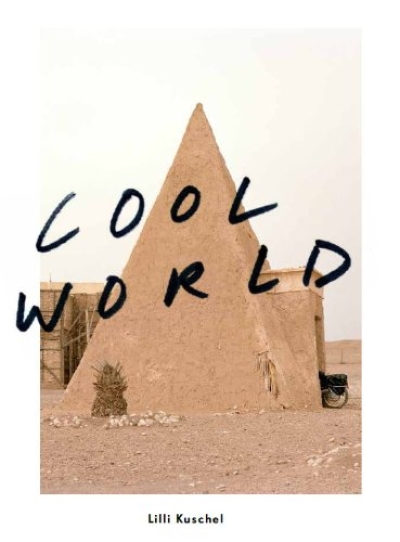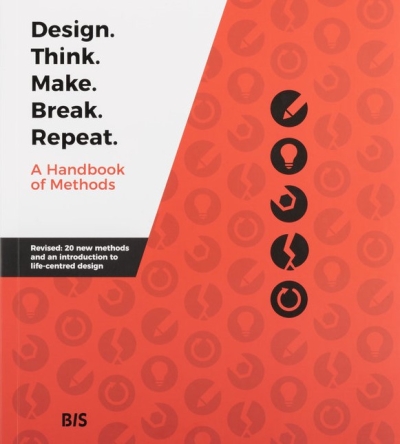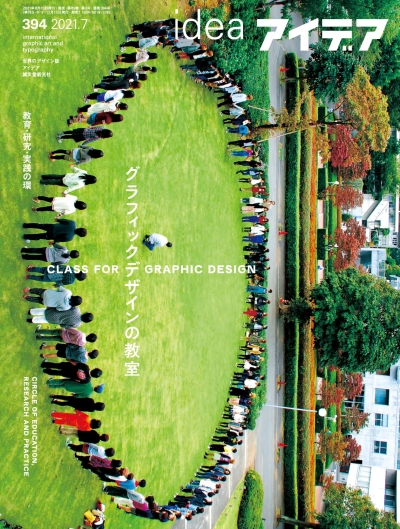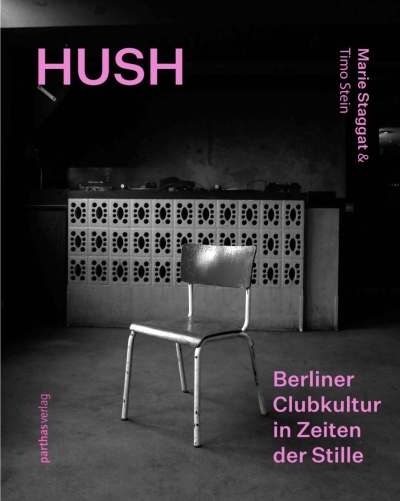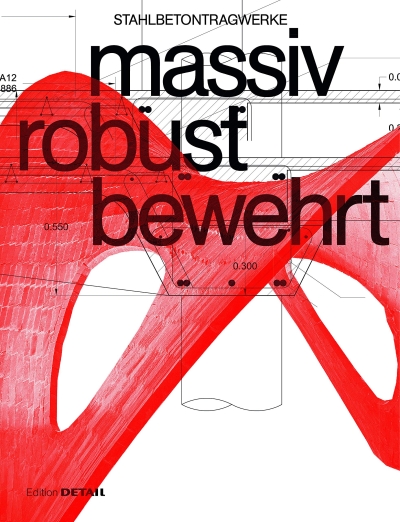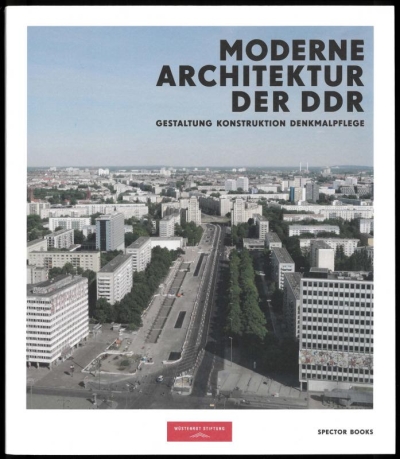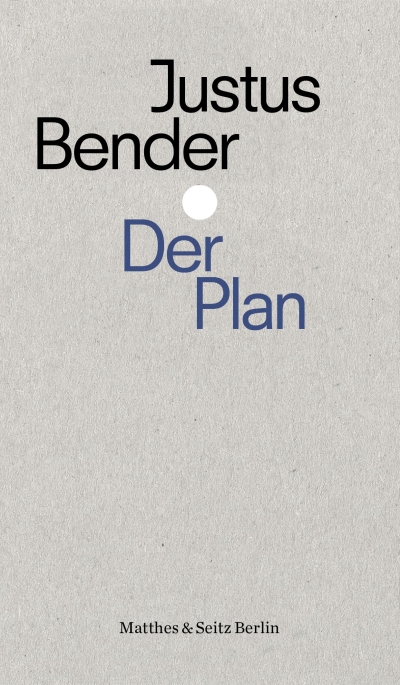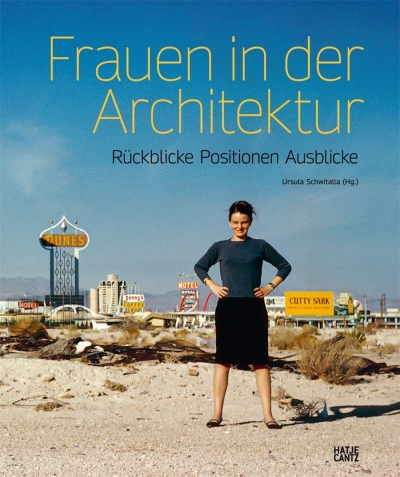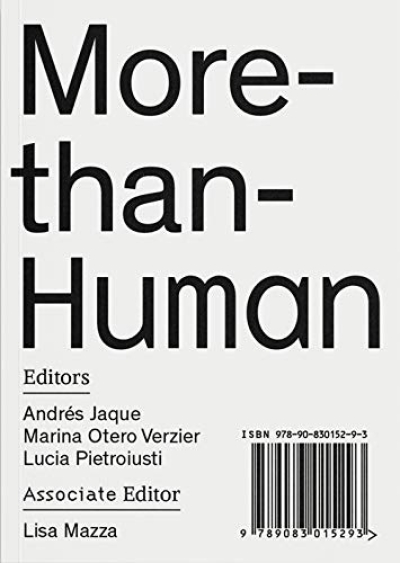Anne Miltenburg
Design. Think. Make. Break. Repeat. A Handbook of Methods (…
IDEA Magazine
IDEA 394. Class for Graphic Design Circle of Education,…
Marie Staggat, Timo Stein
Hush – Berliner Clubs in Zeiten der Stille / Berlin Club…
Martina Löw, Volkan Sayman, Jona…
Am Ende der Globalisierung: Über die Refiguration von Räumen
Carsten Seiffarth (Hg) edition neue…
urban sound art / stadtklangkunst. bonn hoeren 2010-2019
Andreas Malm and the Zetkin Collective
White Skin, Black Fuel. On the Danger of Fossil Fascism
Andrej Holm, Ulrike Hamann, Sandy…
Die Legende vom Sozialen Wohnungsbau
Giulia Foscari / UNLESS (Hg)
Antarctic Resolution
Daniel Kiss, Simon Kretz (Hg)
Relational Theories of Urban Form. An Anthology
Friederike Landau, Lucas Pohl, Nikolai…
[Un]Grounding: Post-foundational Geographies
Raúl Sánchez Cedillo
Das Absolute der Demokratie. Gegenmächte, Körper-Maschinen…
Anne Boyer
Die Unsterblichen. Krankheit, Körper, Kapitalismus
Jeffrey Hou, Sabine Knierbein (Eds.)
City Unsilenced. Urban Resistance and Public Space in the…
Philipp Zitzlsperger
Das Design-Dilemma zwischen Kunst und Problemlösung
Sekou Cooke
Hip-Hop Architecture
Stefanie Bürkle
MigraTouriSpace. Raummigration und Tourismus / Migrating…
Joannette van der Veer (Ed.)
CriticALL! (un)professional everyday design criticism
German Pavilion at the 17th…
2038. The New Serenity
Isabelle Lorey
Demokratie im Präsens. Eine Theorie der politischen…
Tom Holert, HKW (Hg.)
Bildungsschock. Lernen, Politik und Architektur in den…
Donald K. Carter (Ed.)
Remaking Post-Industrial Cities. Lessons from North America…
Harry W. Richardson, Chang Woon Nam (…
Shrinking Cities. A Global Perspective
Robert Klanten, Elli Stuhler (Hg)
Evergreen Architecture. Overgrown Buildings and Greener…
Edward Tufte
Seeing With Fresh Eyes: Meaning, Space, Data, Truth
Sara Ahmed
Eigenwillige Subjekte. Eigenwilligkeit als Politik des…
Francesco Garutti (ed.)
The Things Around Us: 51N4E and Rural Urban Framework
Anselm Franke, Nida Ghouse, Paz Guevara…
Parapolitics. Cultural Freedom and the Cold War
Seng Kuan (Hg)
Kazuo Shinohara. Traversing the House and the City
Moisés Puente (Hg)
2G 82. Ensamble Studio
Daniel Mettler, Daniel Studer (Hg) BUK…
Konstruktion. Manual. ETH Zürich - BUK
Andrea Long Chu
Females. Alle sind weiblich
Susan Schuppli
Material Witness. Media, Forensics, Evidence
Hiroshi Sugimoto, Tomoyuki Sakakida
Old Is New: Architectural Works by New Material Research…
Cathy Lane, Angus Carlyle
Sound arts now
Federica Bueti, Antonia Alampi,…
We Have Delivered Ourselves from the Tonal — Von, mit, zu,…
Jakob Schoof (Hg)
massiv robust bewehrt. Stahlbetontragwerke
TVK. Pierre Alain Trévelo, Antoine…
The Earth is an Architecture
Helmut C. Schulitz
The Turning Point in Architectural Design. A Historical…
Giulia Mensitieri
Das schönste Gewerbe der Welt
Robert McCarter
Carlo Scarpa
Deborah Chambers
Cultural Ideals of Home. The Social Dynamics of Domestic…
Peggy Blum
Circular Fashion. Making the Fashion Industry Sustainable
Wüstenrot Stiftung (Hg.)
Moderne Architektur der DDR. Gestaltung, Konstruktion,…
Gruppe Panther & Co
Rebellisches Berlin. Expeditionen in die untergründige…
Dominique Laleg
Kritik der Perspektive
Hans-Jörg Rheinberger
Spalt und Fuge. Eine Phänomenologie des Experiments
Anthony McCosker, Rowan Wilken
Automating Vision.The Social Impact of the New Camera…
Klaus Englert
Wie wir wohnen werden. Die Entwicklung der Wohnung und die…
Nikolaus Hirsch, Jason Waite (eds)
Don't follow the Wind (Critical Spatial Practice 12)
Philipp Oswalt (Hg)
Hannes Meyer's New Bauhaus Pedagogy. From Dessau to…
Torsten Blume, Claudia Perren, Stiftung…
Ludwig Grote und die Bauhaus-Idee. Zur Westddeutschen…
Vitra Design Museum
Deutsches Design 1949-1989. Zwei Länder, eine Geschichte
Bernardo Bianchi, Emilie Filion-Donato…
Materialism and Politics
Sandra Meireis
Mikro-Utopien der Architektur. Das utopische Moment…
Elna Matamoros
Dance & Costumes. A History of Dressing Movement
George Monbiot
Verwildert. Die Wiederherstellung unserer Ökosysteme und…
Iris Därmann
Widerstände. Gewaltenteilung in statu nascendi
Justus Bender
Der Plan. Strategie und Kalkül des Rechtsterrorismus
Thomas Piketty
Pandemie und Ungleichheit. Ein Gespräch über die Ideologie…
Max Dax
Dissonanz. Ein austauschbares Jahr. Roman
Marianna Dobkowska, Krzysztof Łukomski…
Things We Do Together. The Post-Reader
Mark Fisher
Postcapitalist Desire. The Final Lectures
Julia Jamrozik, Coryn Kempster
Kinder der Moderne. Vom Aufwachsen in berühmten Gebäuden
Sebastian Felix Ernst, Jonas Tratz/FAKT
Berlin Maps
Leonhard Laupichler, Sophia Brinkgerd (…
New Aesthetic 2. A Collection Of Independent Type Design
Beatrice von Bismarck
Das Kuratorische
Friedemann Kunst; Deutsche Akademie für…
Berlin & Berlin. Stadtplanung und Städtebau nach dem…
Nicolas Nova, Nicolas Maigret, Maria…
A Bestiary of the Anthropocene
Lutz Koepnick
Resonant Matter. Sound, Art, and the Promise of Hospitality
Jenny Odell
Nichts tun. Die Kunst, sich der Aufmerksamkeitsökonomie zu…
Bénédicte Savoy
Afrikas Kampf um seine Kunst. Geschichte einer…
Reinier De Graaf
The Masterplan (A Novel)
Antoine Picon
The Materiality of Architecture
Katherine McKittrick
Dear Science and Other Stories
Lisa Marei Schmidt, Kerstin Wittmann-…
Werner Düttmann. Berlin.Bau.Werk. / Building Berlin.
Joseph Vogl
Kapital und Ressentiment. Eine kurze Theorie der Gegenwart
Kim Charnley
Sociopolitical Aesthetics. Art, Crisis and Neoliberalism
Sammlung Wemhöner (Hg)
Hasenheide 13
AA62
AA62. LACATON & VASSAL
Ursula Müller, Berlinische Galerie
Anything goes? Berliner Architekturen der 1980er Jahre
IDEA Magazine
IDEA 393. MANGA bridges the world: The actualities of manga…
Urs Stäheli
Soziologie der Entnetzung
Roberto Simanowski
Das Virus und das Digitale
Ole Nymoen, Wolfgang M. Schmitt
Influencer. Die Ideologie der Werbekörper
Rolando Vázquez
Vistas Of Modernity. Decolonial Aesthesis And The End Of…
Jayna Brown
Black Utopias. Speculative Life and the Music of Other…
Ursula Schwitalla (Hg)
Frauen in der Architektur. Rückblicke, Positionen,…
Knut Ebeling, Annette Maechtel, Heimo…
Never mind the Nineties. Eine Medienarchäologie des…
Kathi Hofer
"Grandma" Prisbrey's Bottle Village
Sandra Bartoli, Silvan Linden (Hg.)
AG8: Berliner Bäume. Eine Bestandsaufnahme
Silvia Federici
Revolution at Point Zero. Hausarbeit, Reproduktion und…
Nick Pinkerton
Goodbye, Dragon Inn
Philipp Oswalt with Anthony Fontenot
Berlin. City Without Form
Hans Drexler
Open Architecture Nachhaltiger Holzbau mit System
Joachim Kleinmanns
Eine Haltung, kein Stil. Das architektonische Werk von Rolf…
Keller Easterling
Medium Design. Knowing How to Work on the World
Experimental Jetset
Experimental Jetset. Superstructures. Notes on Experimental…
Andrés Jaque, Marina Otero Verzier,…
More-than-Human
